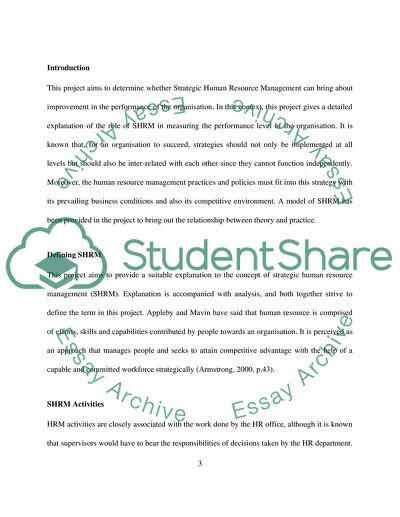Cite this document
(Strategic Management of Human Resource Term Paper, n.d.)
Strategic Management of Human Resource Term Paper. Retrieved from https://studentshare.org/human-resources/1741217-the-strategic-management-of-human-resource
Strategic Management of Human Resource Term Paper. Retrieved from https://studentshare.org/human-resources/1741217-the-strategic-management-of-human-resource
(Strategic Management of Human Resource Term Paper)
Strategic Management of Human Resource Term Paper. https://studentshare.org/human-resources/1741217-the-strategic-management-of-human-resource.
Strategic Management of Human Resource Term Paper. https://studentshare.org/human-resources/1741217-the-strategic-management-of-human-resource.
“Strategic Management of Human Resource Term Paper”, n.d. https://studentshare.org/human-resources/1741217-the-strategic-management-of-human-resource.


